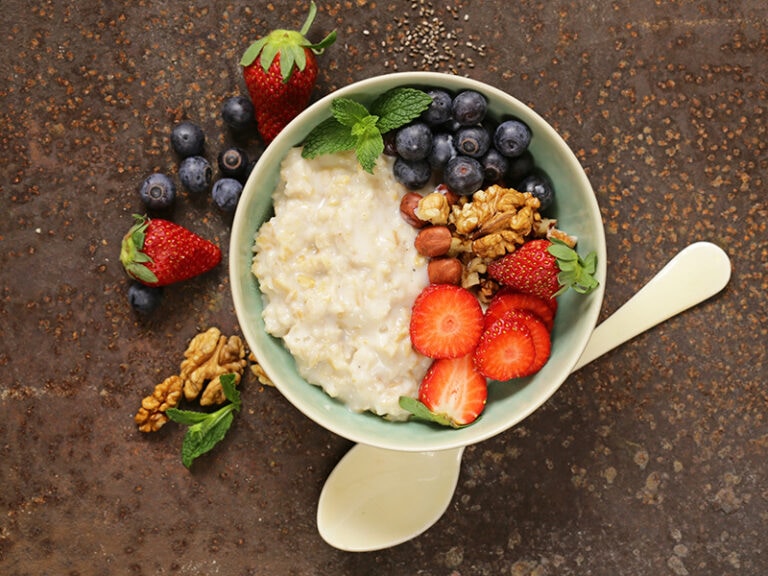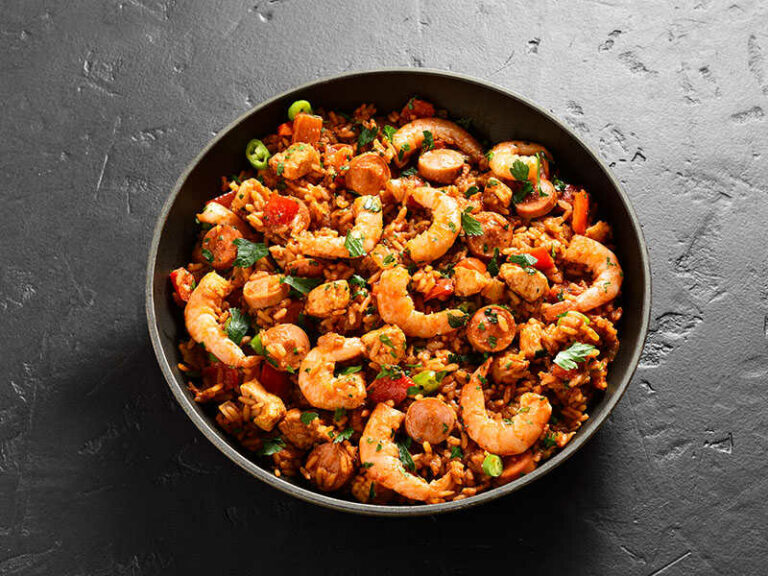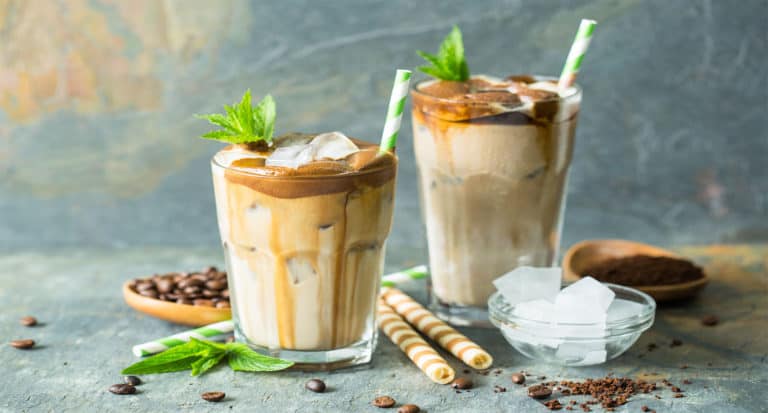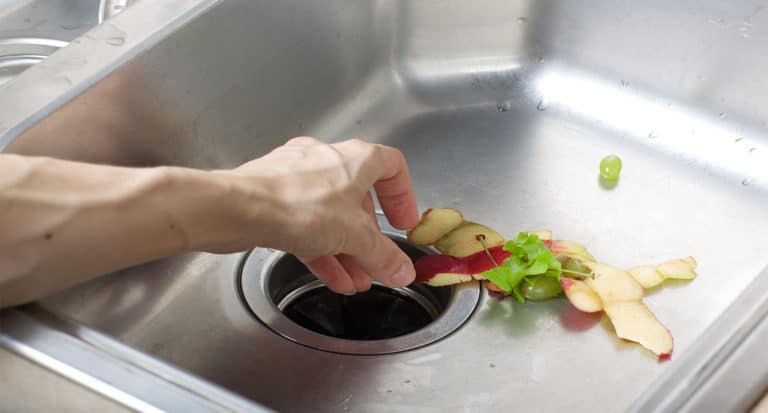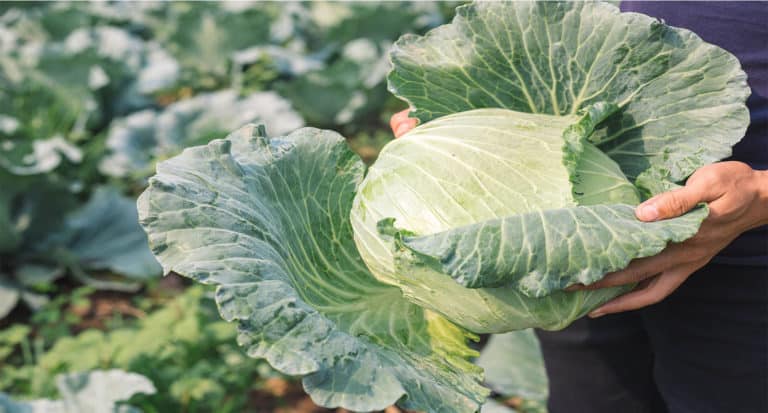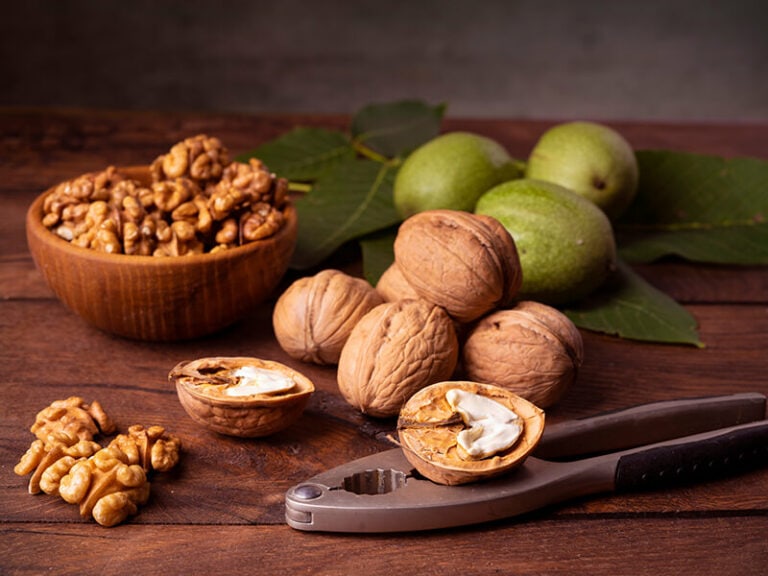Many people have puzzled over the differences between freezer paper vs. butcher paper. While their uses, looks, and even textures can feel slightly similar, these two types of paper can’t always be used interchangeably.
Freezer paper and butcher paper are both important kitchen staples that you might have used at least once or twice. While they are both papers superior to the regular kind, they are made and used in different ways.
To learn more about what sets these two types of paper apart, let’s not dawdle no further and jump right in.
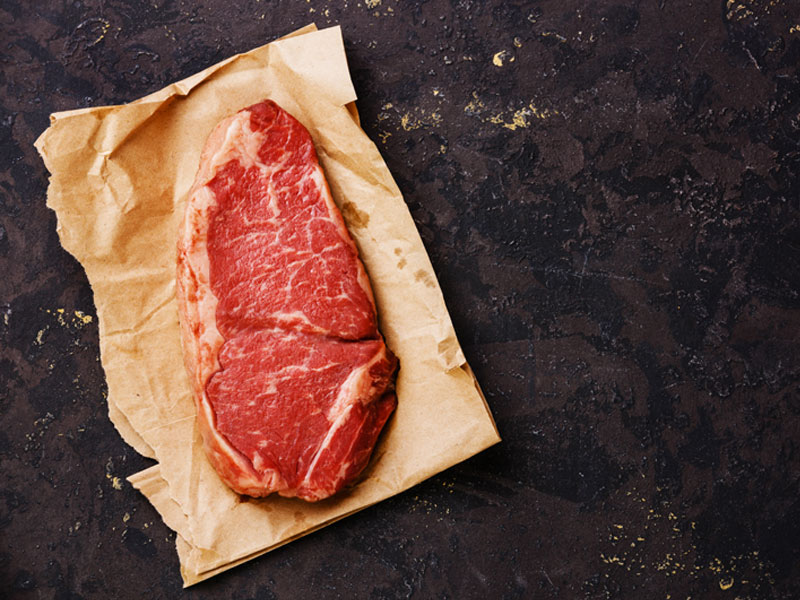
A Brief Introduction To Freezer Paper And Butcher Paper
Before I start comparing these two types of paper, I think it would be beneficial to learn about these two types of paper first.
Freezer Paper
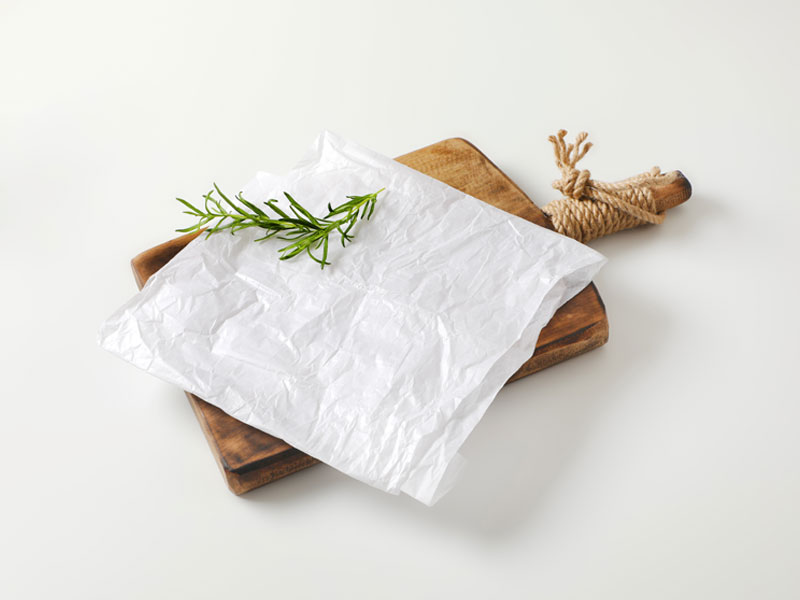
As the name suggests, freezer paper is used to wrap things in the freezer. It is made from heavy-duty paper, which in turn is made from durable cardstock materials.
It has a polyethylene coating, or wax coating, on one side to enable better moisture resistance and prevent freezer burns.
Freezer paper can be used to wrap pretty much everything that’s put in the freezer, but it’s best used to store foods like cut meats. You can’t really use freezer paper to wrap small, loose items like peas or corn, though.
In terms of appearance, freezer paper has one shiny, waxy side because of the coating, while the other side looks like regular paper. The “normal” side makes it easier for you to write labels for food. This type of paper is usually found in the color white.
Freezer paper is thin and papery in texture. However, as one side is coated in wax, the surface also feels waxy and plastic.
Utilize freezer paper to make the most out of your frozen meats.
Butcher Paper
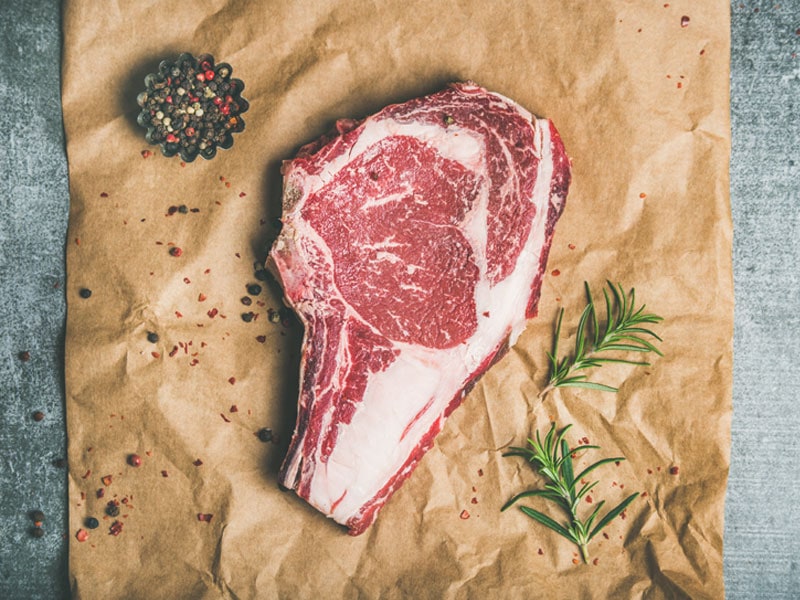
To understand butcher paper, first, you need to learn about a type of paper called “kraft paper”.
“Kraft paper” is made from the kraft process, otherwise called the “kraft pulping” process (1). This gives kraft paper more elasticity and durability than regular paper. (“Kraft” means “strong” in German, which makes it a fitting name for this type of paper).
Kraft paper is not suitable for printing as it is more porous than regular paper, but it owns the packaging function. Today kraft paper is mostly used for corrugated boxes and cardboard boxes. It can also be used for debossing, embossing, and foil stamping.
Butcher paper is a type of craft paper, but with some adjustments. It still has the same wood pulp base as kraft paper, but its surface underwent a different treatment to ensure it’s safe in direct contact with food.
In short, butcher paper is FDA-approved to use on food, while kraft paper is not. Here’s a fun fact for you: The name “butcher paper” was coined as this type of paper was first sold to butchers to wrap meats and seafood (2).
In terms of texture, butcher paper is thick, coarse, and grainy to touch. The most common color of butcher paper you are likely to see is white, but it is also available in other colors. Below are a few common types of butcher paper:
- White butcher paper: This is the most common type of butcher paper. While it is usually used to wrap sandwiches and meats, butcher paper is especially good for smoking foods because it lets smoke in but doesn’t trap moisture.
- Pink butcher paper: If you’re a foodie, you must know that pink butcher goes well with the hue of fresh meat. It is perfect for wrapping raw meats for smoking, preventing leakage and contaminants while still letting the smoke through.
- Size agent-treated butcher paper: While looking like normal butcher paper, this type is treated with a chemical called sizing. This makes the paper more durable and water-resistant, while still letting the meat breathe and preserve its freshness.
- Steak butcher paper: This paper is thick and stain-resistant, as it’s mostly used for displaying meats. It holds in the juices and preserves colors better, making the meats look more appetizing. Its color can include white, black, green, and peach.
Pink butcher paper is the perfect companion to brisket. Find out how to use it here.
Freezer Paper Vs. Butcher Paper: The Key Differences
Now you have gotten the basics, let’s move on to the details. In this section, I will answer the main question: What exactly are the differences between freezer paper and butcher paper?
Below is a quick chart to help you skim through some key points I’m going to cover. Once you have a general idea, I will talk about each criterion in more detail in the following subsections.
Price And Availability
Butcher paper is super popular: you just need to make a quick run to your local grocery stores or a click on Amazon, and endless bulks of butcher paper will be dumped on your doorsteps.
Meanwhile, freezer paper is harder to find. The lack of fanfare towards freezer paper is puzzling, as no other type of paper can do its job better than freezer paper.
Freezer paper is also a bit more expensive than butcher paper. It’s likely that the manufacturing, processing, and coating of freezer paper is more complicated, hence the higher price.
For example, a roll of white freezer paper may be half or twice as expensive as a white butcher paper roll of the same size.
Packaging

As butcher paper is quite cheap, it is often sold and bought in bulk. This type of paper can come in giant rolls that you can probably use for quite a long time. Meanwhile, freezer paper is also sold in rolls, but much smaller ones.
Heat Resistance
For those asking if it’s okay to use either of these types of paper in the oven, here’s your answer: Butcher paper is safe to use in the oven while freezer paper is not. Some people are worried that butcher paper might just burn in the oven, which is a legit concern.
Luckily, butcher paper, while purely made of wood pulp, has some ingredients that make it more resistant to heat. Therefore as long as it isn’t exposed directly to the fire, you don’t have to worry about it catching fire.
When it comes to freezer paper, the answer to this oven question is a hard no. Once you put freezer paper in the oven, it will just start melting into the food, infecting your foods with paper, wax, and plastic. This is unhealthy and quite dangerous.
Materials & Texture
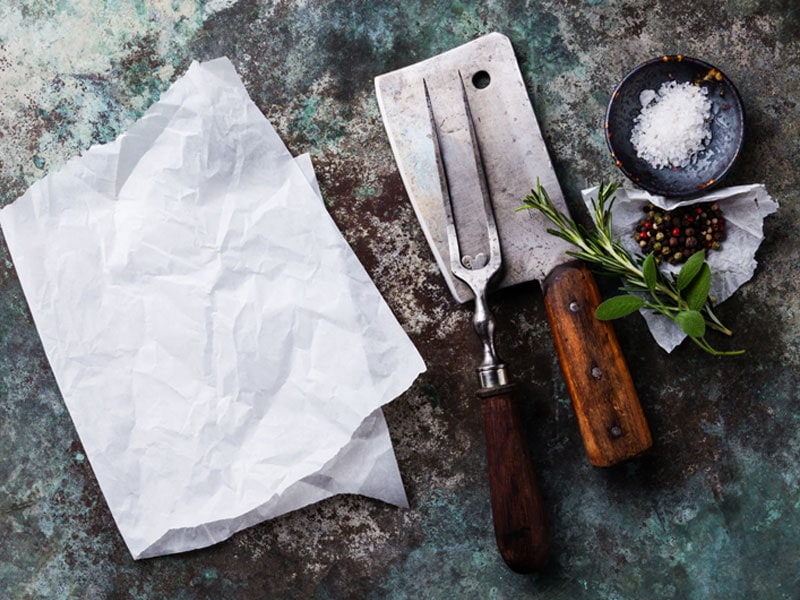
Butcher paper, as I have established before, is made from kraft pulp, along with caustic soda and sulfide. If you pick up a sheet of butcher paper, you will find it thick, heavy, and coarse with a grainy surface.
This type of paper has a flexible texture, which means it can easily be folded, torn, cut, or punctured for use.
Freezer paper, however, tends to feel thinner and lighter. Despite its thinness, freezer paper has more elasticity and tenacity with a sturdy texture. It is not easily torn out or punctured like butcher paper.
Coating And Water Resistance
As I have established in the previous parts, butcher paper is purely paper and has no coating. Meanwhile, freezer paper is coated with wax on one side. So what difference does this feature make?
You see, while both types of paper can be used to wrap raw meats, freezer paper does this job better than butcher paper thanks to this very layer of coating.
Butcher paper is more breathable, meaning that it leaves more room for the meat inside to breathe. It is also water-resistant and doesn’t just disintegrate when coming into contact with the juice.
On the other hand, when you use freezer paper to wrap meats, the waxy surface blocks and traps the juice inside so that it doesn’t leak out. It is also more effective at preventing freezer burns.
Uses
As you have learned from the previous sub-section, butcher paper leaves more room for the meat to breathe and smoke to escape while still trapping moisture, while freezer paper holds juices better but doesn’t let the meat breathe much.
So the final verdict is this: While both these types of paper can be used to wrap meats, freezer paper is best used to store frozen foods, and you should use butcher paper to wrap foods before smoking or cooking. Also, they are good for using in arts and crafts.
Freezer paper can be used as an embroidery template, paint stencil, or guide in cutting fabric. The possibilities for butcher paper are just as endless. Besides drawing with paint or ink on it, you can use it to make posters, banners, wall decors, or tray and table liners.
Ever thought of freezer paper as a stencil? If you haven’t, it’s high time you do.
Some Other Replacements For Freezer Paper And Butcher Paper
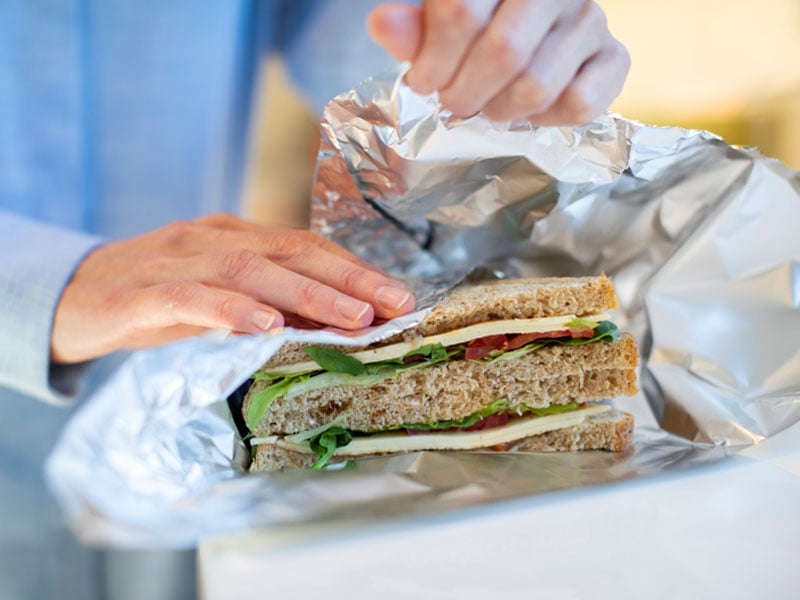
If you can find neither freezer paper nor butcher paper to use, don’t panic. There are some other alternatives that you can consider, though you have to choose which one to suit your purpose.
- Aluminum foil: If you intend to smoke meat, wrapping it in foil might be a good idea, as it traps moisture and preserves the juiciness of the meat. However, aluminum foil might interact with acidic or spicy foods.
- Plastic wraps: Needless to say, plastic wraps are a no-go if you want to grill or smoke meat. They should only be used when you wrap meats for transportation and storage, and even then, they will only preserve the meat for a short period.
- Paper bags: Paper bags are a desperate measure when you have run out of alternatives. They can be used to wrap and preserve meats, but they are neither water- nor contaminant-resistant. These bags can be used to cook indirectly, though.
- Baking mats: Baking mats are not meant to be folded, so anything that requires wrapping a large piece of meat or trapping moisture is out of the question. But if you are out of options, you can use them to grill or smoke, as they are heat-resistant.
- Kitchen towel: You can wrap brisket in kitchen towels in order to keep the meat moist and warm after cooking. To use a kitchen towel, you need to wrap cooked meat in foil first and then cover it with a clean kitchen towel.
- Parchment paper: You can wrap the meat in parchment paper to cook it more perfectly. However, it can catch fire, so be careful when you use it to grill or smoke, especially when the temperature reaches beyond 420°F.
- Wax paper: Wax paper does prevent freezer burn, so you can use it to wrap meat, though the preservation period is shorter than that of freezer paper. You can’t use wax paper for cooking hot food, though, as the wax coating will melt.
FAQs
Read on to check out the most popular questions related to freezer paper vs. butcher paper and see if the answers can be of assistance to you.
So Which Team Are You On?
Not that this is a competition, of course, but I’m sure after learning these differences, you might have picked out a favorite. Freezer paper and butcher paper each have their own strengths and weaknesses, so you should use them strategically and wisely.
And that would be the end of this post! I hope the information has been helpful, and if it somehow inspired you to organize a barbecue in your backyard, the better. Remember to comment below if you have any extra tips to contribute, and share the post!
References
- Kraft process (2022) Wikipedia. Wikimedia Foundation.
- Butcher paper (2022) Wikipedia. Wikimedia Foundation.

